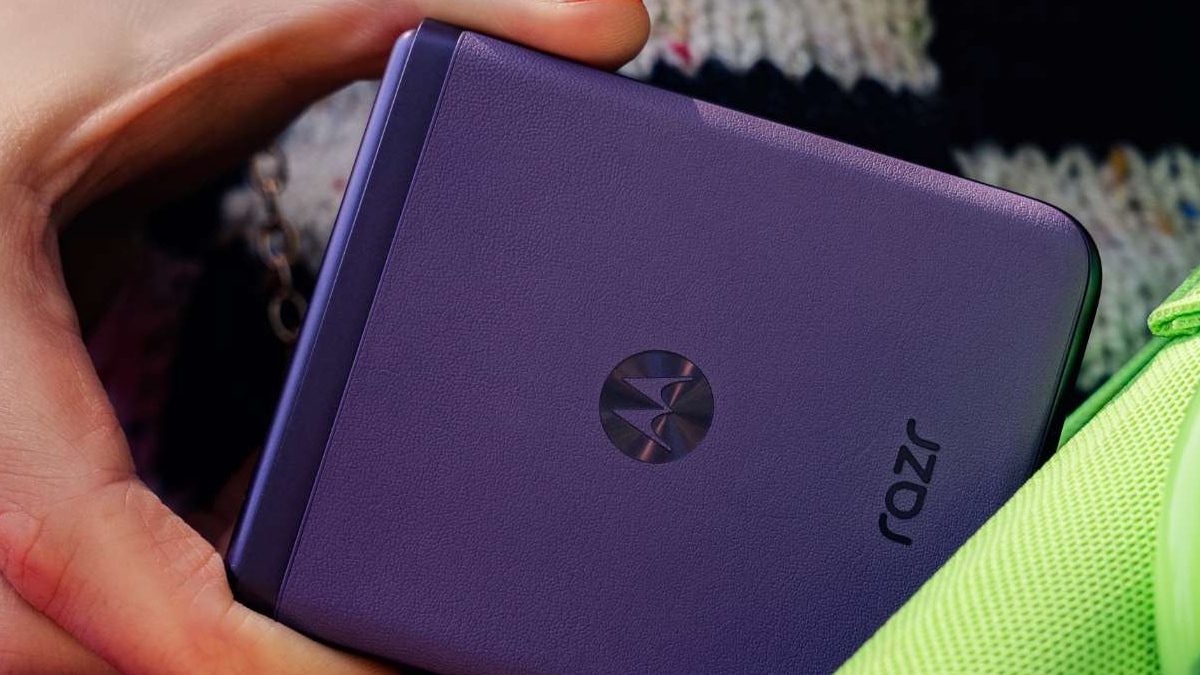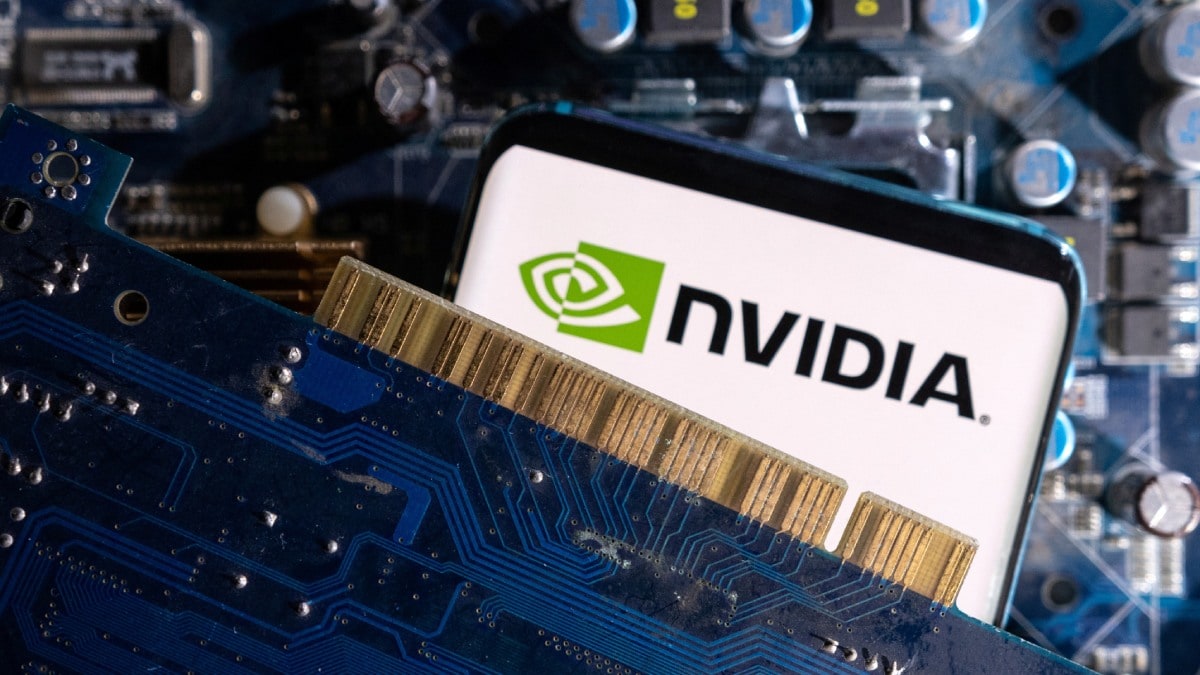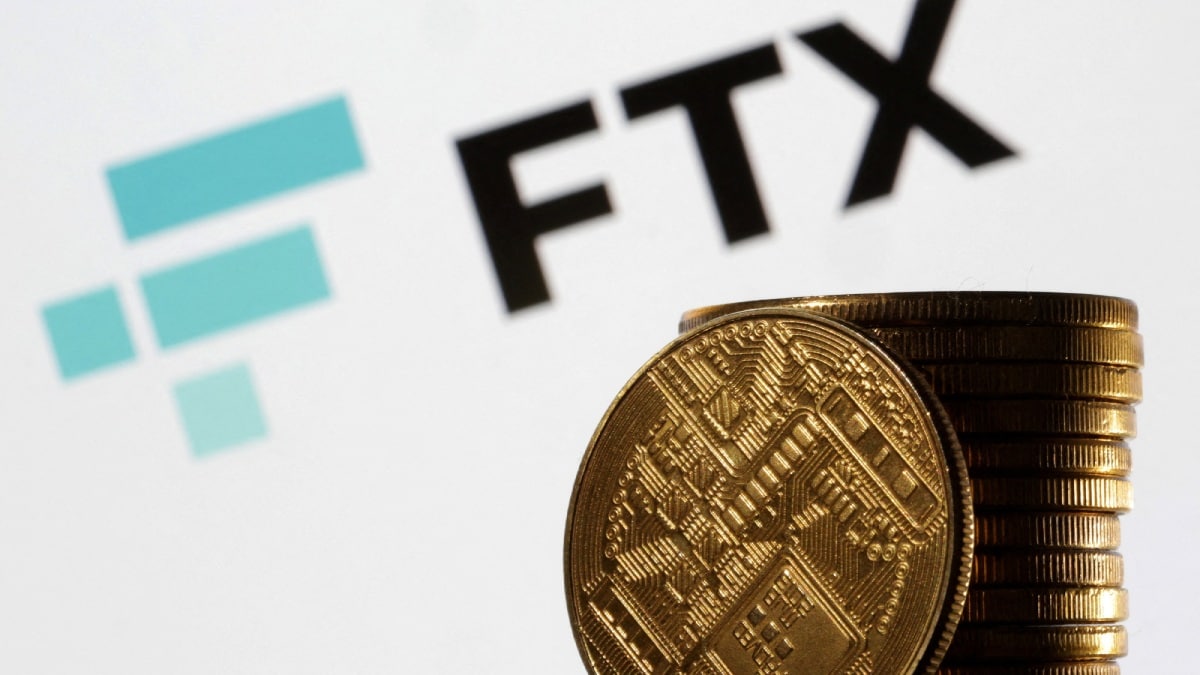Gadgets And Technology Daily News | 29 Jun 2023

Views (128)

OnePlus Nord 3 5G to get UFS 3.1 256GB storage, Will Feature ‘Flagship Grade’ Chipset

OnePlus Nord 3 5G is all set to launch on July 5 in India. It is still a few days away from its debut, but the company has been teasing the specifications and design details for the phone via its landing page on Amazon. Ahead of the launch, OnePlus has confirmed the storage capacity and a few other specifications of the OnePlus Nord 3. The smartphone will pack a triple rear camera setup housed in two circular camera modules. The handset will also have two LED flashes and OnePlus branding on its back.
According to the OnePlus Nord 3 5G product page on Amazon, the upcoming smartphone from OnePlus will pack 256GB UFS 3.1 storage and a flagship-grade chipset. However, the listing doesn't reveal the name of the chipset. The phone's design as well as a few other details have also been confirmed via the listing. The OnePlus Nord 3 will sport a flat display as the company has removed the plastic screen frame. Additionally, the phone will ship with a triple rear camera setup housed in two circular camera modules, accompanied by two LED flashes.
Other than these, the company has also confirmed an alert slider on the phone's right edge and two different colour options for the handset —Tempest Gray and Misty Green. Furthermore, the phone will also have OnePlus branding on its back panel.
Meanwhile, the OnePlus Nord 3's RAM and camera specifications have also surfaced online in recent leaks. The smartphone will reportedly pack up to 16GB of RAM and may offer support for RAM-Vita, which is the OnePlus' version of virtual RAM. The phone is tipped to feature a 50-megapixel Sony IMX890 primary camera sensor on the back with support for optical image stabilisation.
A previous leak also claimed that the OnePlus Nord 3 5G will pack a MediaTek Dimensity 9000 SoC and a 5,000mAh battery with 80W fast charging support. It is speculated to sport a 6.74-inch AMOLED display with 1.5K resolution and 120Hz refresh rate.
Motorola Razr 40 Price in India Accidentally Revealed on Amazon Ahead of July 3 Launch

Motorola Razr 40 is all set to go official in India on July 3 alongside the Motorola Razr 40 Ultra. Just a week before the formal debut, the price of the Motorola Razr 40 has been accidentally revealed on Amazon on Wednesday. The foldable smartphone is teased to come with a 6.9-inch pOLED display with 144Hz refresh rate and will have a Snapdragon 7 Gen 1 SoC under the hood. The Motorola Razr 40 series was unveiled initially in China. It is confirmed to be backed by a 4,200mAh battery with support for 33W Turbocharging.
Amazon India has teased the price of the Motorola Razr 40 ahead of its launch. As per the listing (now removed), the price of the clamshell foldable smartphone will start from Rs. 59,999. However, the price of the Motorola Razr 40 or the Razr 40 Ultra is not currently listed on the e-commerce website.
The Motorola Razr 40 was initially unveiled in China last month with a starting price tag of CNY 3,999 (roughly Rs. 46,000) for the 8GB + 128GB variant, CNY 4,299 (roughly Rs. 49,000) for the 8GB + 256GB variant, and finally, CNY 4,699 (roughly Rs. 54,500) for the 12GB + 256GB variant.
Both Motorola Razr 40 and Razr 40 Ultra are set to debut in India on July 3. Amazon has a dedicated microsite teasing the specifications of the Motorola Razr 40 series. The e-commerce platform would provide a 10 percent discount while purchasing the Motorola Razr 40 using ICICI Bank cards and SBI credit cards.
Specifications of the Indian variant of Motorola Razr 40 should be identical to the model launched in China. It offers a 6.9-inch full-HD+ (1,080x2,640 pixels) foldable pOLED display with 144Hz refresh rate. It will run on a Snapdragon 7 Gen 1 SoC, with 12GB of RAM. The handset comes with a dual rear camera unit comprising a 64-megapixel primary sensor and a 12-megapixel ultra wide-angle camera. For selfies and video chats, it has a 32-megapixel sensor as well. Further, the smartphone will be backed by a 4,200mAh battery unit with support for 33W Turbocharging.
Nvidia Tops Benchmark Tests Speed of Systems Training ChatGPT-Like Chatbots

MLCommons, a group that develops benchmark tests for artificial intelligence (AI) technology, on Tuesday unveiled results for a new test that determines system speeds when training algorithms used for chatbots like ChatGPT -- and Nvidia came out on top.
The MLPerf benchmark is based on GPT-3, an AI model used to train ChatGPT, the viral chatbot developed by OpenAI and backed by Microsoft. However, because the model is huge, the benchmark only uses a representative portion.
"This was our most expensive benchmark so far," MLCommons Executive Director David Kanter told Reuters. "We spent over 600K hours of accelerator compute time to develop it, plus some fantastically talented engineers."
Kanter declined to disclose the cost of development, only saying it was in the millions of dollars.
Only two chip firms -- Nvidia and Intel's Habana Labs -- submitted results for the benchmark, with the fastest time coming from systems using the latest H100 chip from Nvidia, the uncontested leader in hardware for training AI.
Nvidia's largest system submitted in partnership with AI cloud startup CoreWeave used 3,584 H100 chips, resulting in a training time of 10.94 minutes. Habana Labs, an AI chip company acquired by Intel, ran the benchmark in 311.945 minutes with a much smaller system equipped with 384 Gaudi2 chips.
Generally, more chips and a bigger system mean faster training.
Intel's Jordan Plawner, senior director of AI Products, said the results demonstrated the potential of Gaudi2, which will have a software update in September to boost speed.
"You will get a 1.5X to 2X speed up on the Habana results. So that's when we see Habana Gaudi2 being really competitive and lower priced than H100," Plawner told Reuters.
Plawner declined to say how much a Gaudi2 chip costs, but said the industry needs a second supplier of chips for AI training, and the MLPerf results show Intel can fill that need.
© Thomson Reuters 2023
FTX Trying to Revive Its Flagship International Cryptocurrency Exchange: Report

Bankrupt FTX is moving ahead with efforts to revive its flagship international cryptocurrency exchange, the Wall Street Journal reported on Wednesday citing CEO John Ray.
The company "has begun the process of soliciting interested parties to the reboot of the FTX.com exchange," Ray said, according to the Journal's report.
The failed crypto company has been holding talks with investors about backing a potential restart of the FTX.com exchange through structures such as a joint venture, the report added citing people familiar with the discussions.
Lawyers for FTX did not immediately respond to a Reuters request for comment.
In November, FTX filed for Chapter 11 bankruptcy protection in the United States following its spectacular collapse that sent shivers through the digital assets industry.
In the days leading up to the failure, customers of Sam Bankman-Fried's crypto exchange withdrew billions of dollars, hobbling the firm's liquidity. A rescue deal with rival exchange Binance also fell through, precipitating crypto's highest-profile collapse in recent years.
The industry has since been reeling amid the scrutiny of global regulators, while FTX founder Bankman-Fried faces a criminal lawsuit by the US government for alleged fraud.
Recently, a federal judge rejected Sam Bankman-Fried's bid to throw out most of the US government's criminal case accusing the FTX cryptocurrency exchange founder of orchestrating a multibillion-dollar fraud.
Prosecutors accused Bankman-Fried of stealing billions of dollars in FTX customer funds to plug losses at his Alameda Research hedge fund.
Prosecutors accused Bankman-Fried of stealing billions of dollars in FTX customer funds to plug losses at his Alameda Research hedge fund.
© Thomson Reuters 2023
Tata Communications to Acquire Messaging Firm Kaleyra in an All-Cash Deal

Tata Communications will acquire US-based enterprise messaging firm Kaleyra for about $100 million (nearly Rs. 820 crore) in an all-cash deal, the company said on Wednesday.
With operations in over 190 countries, Kaleyra provides integrated communication services with a set of proprietary platforms, offering targeted personalisation through messaging, video, push notifications, e-mail and voice-based services and chatbots.
"Tata Communications has agreed to acquire Kaleyra, Inc in a cash-only transaction, for a total consideration to Kaleyra shareholders of approximately $100 million and the assumption of all outstanding debt," Tata Communications said in a statement.
With this transaction, Tata Communications will gain an industry-proven platform with strong capabilities and scale, the statement said.
"Upon closing of the transaction, expected in six to nine months, Kaleyra Inc will become a subsidiary of Tata Communications Limited," the statement said.
Kaleyra claims to have a strong presence in the business communications market in banking and financial services, retail and digital commerce industries across global markets, in addition to a team with expertise in technology, engineering and research and development.
Tata Communications will also benefit from Tier 1 carrier connections in the US, ready connectors to third-party platforms, and video services without the need for additional software plug-ins, the statement said.
"We are excited about Kaleyra's remarkable talent and their demonstrated capabilities in next-gen technologies. With this acquisition, we will further build intelligent, intuitive and innovative multi-channel communication solutions to unlock new growth opportunities for our customers," Tata Communications MD and CEO AS Lakshminarayanan said.
The resulting business will leverage Tata Communications' large base of enterprise customers worldwide, including 300 Fortune 500 companies, mobile network operator (MNO) connections and global expansion opportunities.
For the full year ended December 31, 2022, Kaleyra reported revenue of $339.2 million nearly Rs. 2,780 crore).
"When we launched Kaleyra 24 years ago with my co-founder Simone Fubini, I could hardly envision that our voyage would take us from a small Italian startup to global expansion, a publicly listed NYSE company, and now working together with a great technology leader like Tata Communications. This is a great day for Kaleyra and our shareholders and our employees worldwide," Kaleyra founder and CEO Dario Calogero said.
KuCoin to Introduce Compulsory KYC Verifications Starting July: Details

KuCoin has decided to revamp its security measures, in the absence of a definite crypto governence system, to be in more alignment with the global Anti-Money Laundering regulations. The crypto exchange on Thursday, June 28 said that all its users, new as well as existing, will have to complete their KYC formality to unlock access to all of KuCoin's services and products. KYC or Know Your Customer is a digital identification of oneself, often backed by some government-authenticated ID proof.
Starting July 15, all newly registered users will need to complete KYC to access the exchange's comprehensive suite of products and services.
"As people's exchange, KuCoin has always prioritized the security of users' assets. As a globalized exchange, KuCoin closely monitors the crypto policies of various countries and respects compliance requirements, providing users with enhanced asset security,” Johnny Lyu, the CEO of KuCoin, told Gadgets 360.
In a recent report, CoinGecko had named KuCoin as the third most trustworthy exchange in the world after Coinbase and ByBit.
Despite the stellar market reputation, the exchange has undergone chaotic situations at least twice this year alone.
In April, for instance, the Seychelles-based crypto exchange identified that one of its users was a serial scammer. The said user would release memecoins, mint investments, and then pull off a typical rugpull scam, leaving stakeholders high and dry.
At the time, the exchange had to wait for an approval from Seychelles authorities before blocking the alleged scammer.
With this improved KYC system, the platform is looking to increase its self-reliance over security provisions in terms of identifying its users better and reporting suspicious potential criminals timely.
“Users who registered prior to July 15, and fail to complete the KYC process will have restricted access to certain features. These users will only be able to utilise services such as spot trading sell orders, Futures trading deleveraging, margin trading deleveraging, KuCoin Earn redemption, and ETF redemption. Deposit services will not be available, although withdrawals will remain unaffected,” the company noted
During the upgrade period, users' assets will remain safe, KuCoin has vouched.
Launched in September 2017, the exchange currently sits on a valuation of $10 billion (roughly Rs. 82,000 crore).
0 Likes
